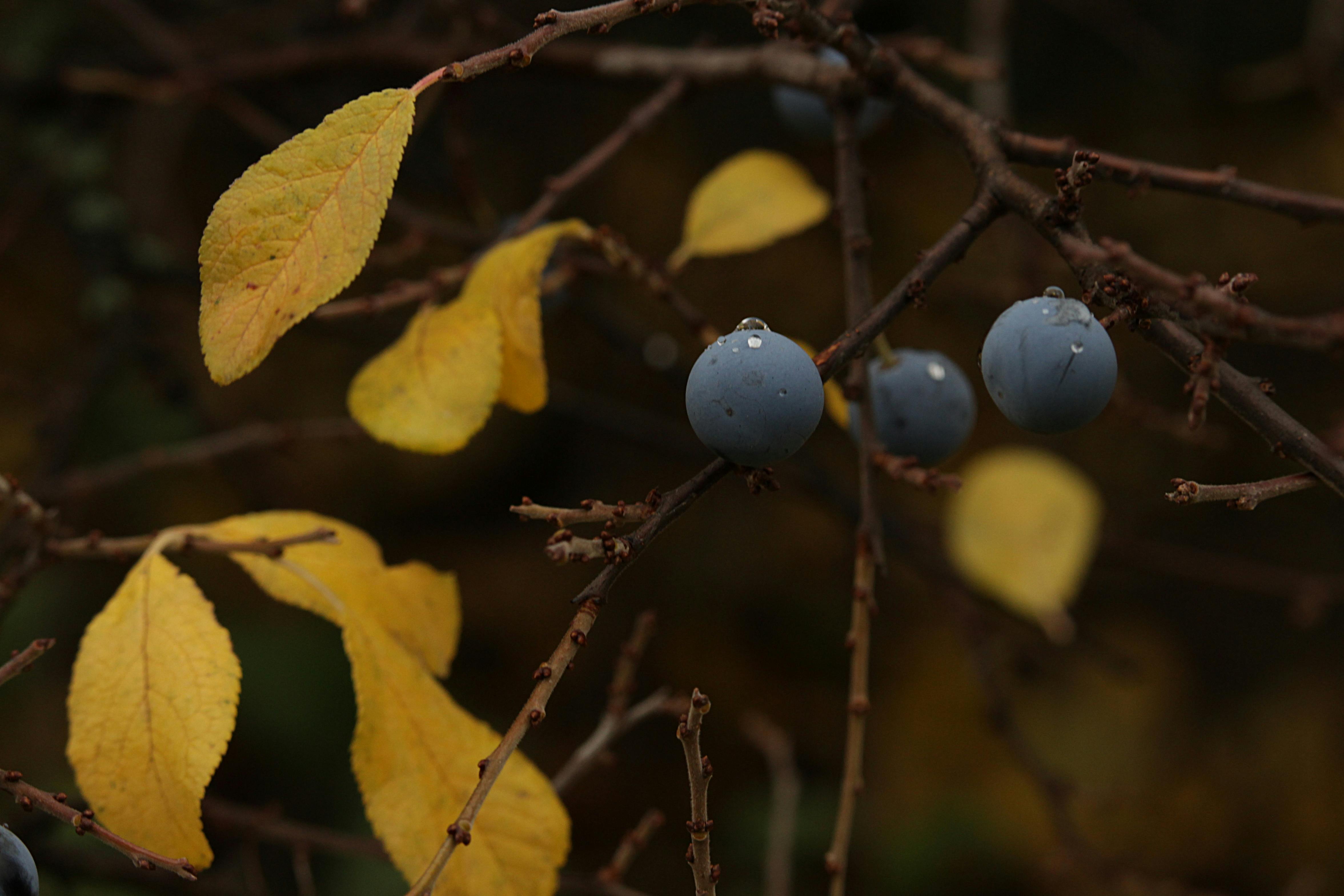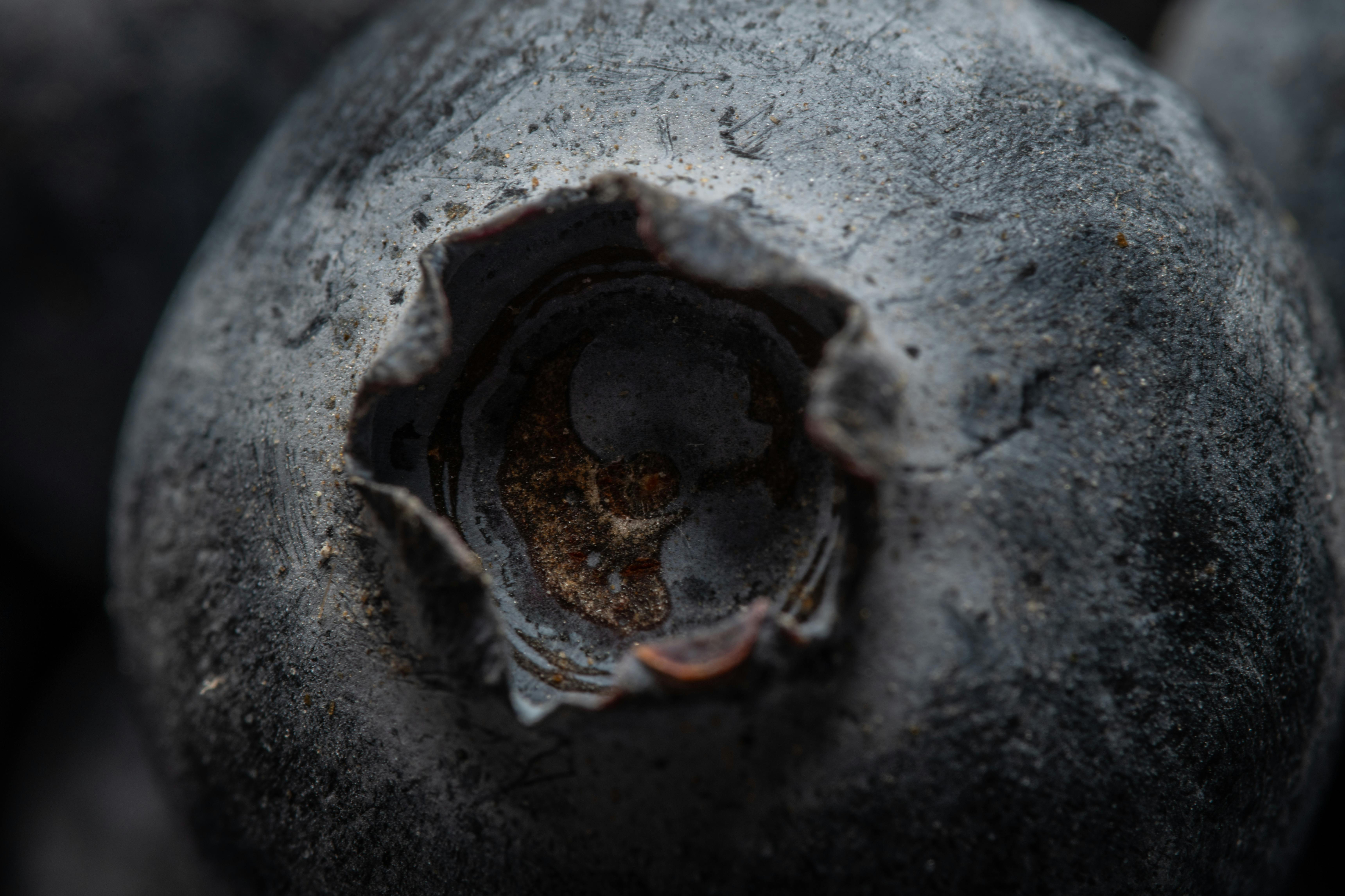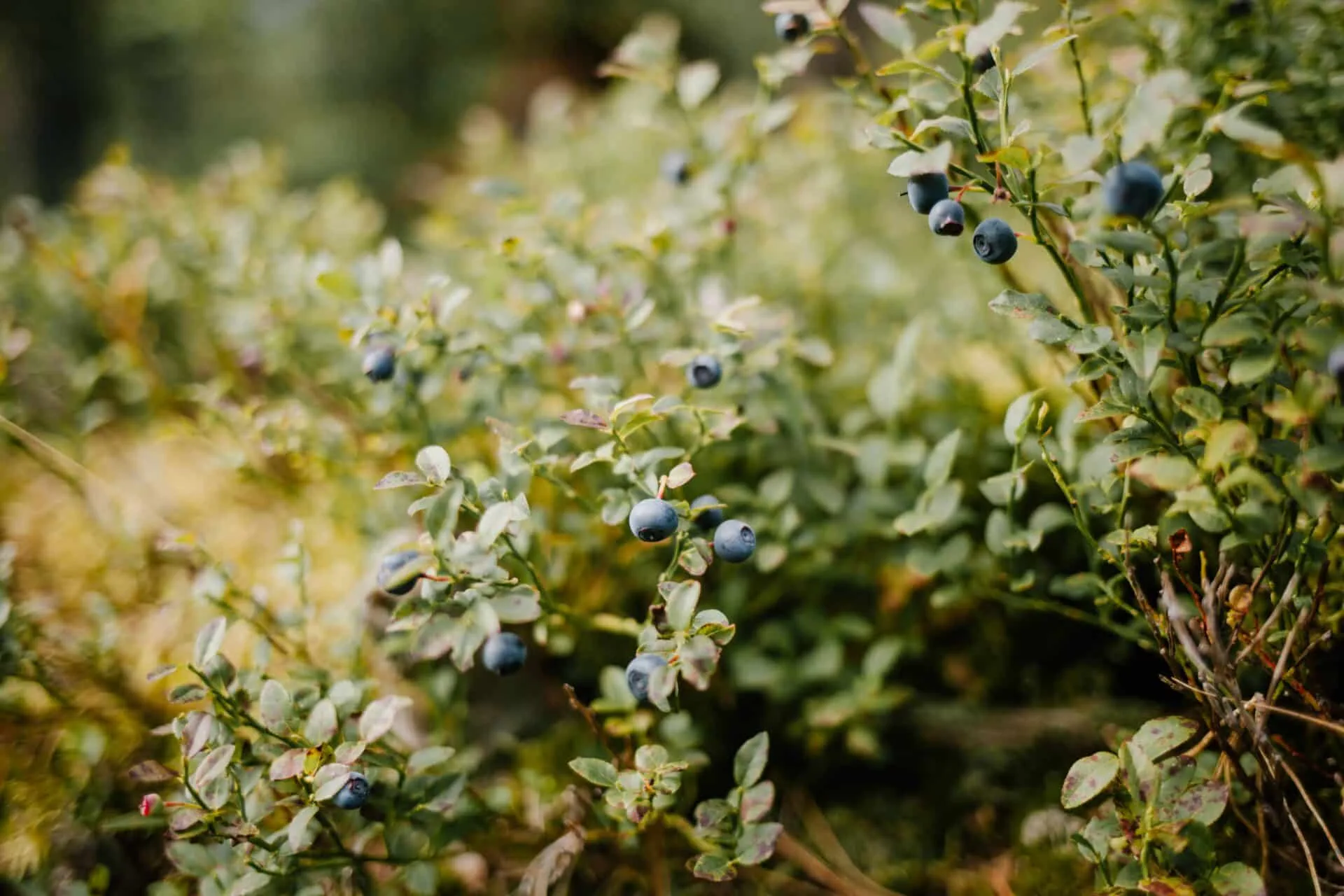Propagating blueberry bushes is a great way to increase your blueberry plant supply. Whether you are looking to start a blueberry farm or simply expand your home garden, propagating blueberry bushes can be an effective and inexpensive way to do so. Knowing when and how to propagate these plants is key, however, as timing and technique are essential for successful propagation. This article will provide guidance on when to propagate blueberry bushes so that you can take advantage of this rewarding process.The best time to plant blueberry bushes is in late winter or early spring when the soil is still cool and moist. Planting too early in the year can cause plants to become stressed out due to heat and dryness, while planting too late can slow the establishment of the plant. Additionally, planting in late winter or early spring will give the bush time to become established before the hot summer months arrive.
How Long Does It Take for Blueberry Bushes to Mature?
Blueberry bushes typically take two to three years to reach full maturity. However, this can vary depending on the variety of blueberry and the climate where it is planted. Some varieties will produce fruit in just one year, while others may take up to five years before they are fully mature.
When planting a blueberry bush, it’s important to make sure that you have chosen a variety that is suitable for your climate and soil conditions. This will help ensure that the bush reaches maturity in a timely manner. Additionally, proper care and maintenance are essential for optimal growth and fruiting of blueberry bushes.
It is important to site blueberry plants in full sun with well-drained soils that are high in organic matter. The soil should also be slightly acidic with a pH between 4.0 and 5.5 for optimal growth of most blueberry varieties. Additionally, plants should be mulched with an organic material such as pine needles or bark chips to help retain moisture and keep weeds down.
Fertilizing blueberries appropriately can also help them reach maturity more quickly as well as producing larger fruits with higher yields. Blueberries should be fertilized annually in early spring using a fertilizer specifically formulated for acid-loving plants such as azaleas or rhododendrons. This type of fertilizer contains important micronutrients needed for optimal growth and fruiting.
With the right care and maintenance, most blueberry bushes will reach maturity within two to three years from planting time; however, this time frame can vary depending on the variety and climate conditions where they are planted.
What Is The Best Soil Type For Blueberry Bushes?
The best soil type for blueberry bushes is an acidic, well-draining soil with a pH between 4.5 and 5.5. Blueberries grow best in a sandy loam or clay loam soil that is amended with organic material such as compost, peat moss, or aged manure. The organic material helps to increase the amount of water and nutrients available to the plant. For blueberries to thrive, the soil must remain moist but not saturated so good drainage is essential. If the soil is too alkaline, it can be corrected by adding sulfur or an acidifying fertilizer. Adding mulch around the base of the plants will help keep the soil moist and cool and prevent weeds from taking over.
Blueberry bushes require regular fertilization to maximize their growth and fruit production. An all-purpose fertilizer specifically designed for acid-loving plants should be applied in early spring and again in mid-summer when fruits are beginning to form. It is important not to overfertilize as this can cause leaf burn which will reduce the health of your plants and reduce fruit production.
Which Varieties Of Blueberry Bushes Are Easiest To Grow?
When it comes to growing blueberry bushes, there are a few varieties that are easier than others. Highbush blueberries are the most common variety, and they are relatively easy to grow. These bushes can tolerate a wide range of soils and climates and will produce large crops of sweet berries. Lowbush blueberries are another easy-to-grow variety, as they have a low maintenance requirement and can tolerate poor soils. Rabbit Eye blueberries are also easy to grow, as they do not require much pruning or fertilization. They also produce high yields of sweet berries that can be harvested over a long season.
No matter which type of blueberry bush you choose to grow, it is important to give them plenty of sun and water. Blueberries need acidic soil with a pH between 4.0 and 5.5 in order for them to thrive so you may need to amend your soil with sulfur or peat moss before planting them. It is also important to mulch your plants heavily in order to keep the soil moist and prevent weeds from taking over your garden. With the right care, these varieties of blueberry bushes will reward you with sweet, juicy berries for many seasons!
Propagating Blueberry Bushes
Propagating blueberry bushes is an effective and efficient way to increase the yield of your blueberry crop. It allows you to produce a larger number of plants from a single bush, and it can also help you create new varieties of blueberries. Propagating blueberry bushes can be done through several different methods, including stem cuttings, air layering, and root division. All of these techniques have their own advantages and disadvantages, but they all provide numerous benefits for those who choose to propagate their own blueberry bushes.
One benefit of propagating blueberry bushes is that it enables you to produce more plants in a shorter amount of time. Instead of having to purchase new plants or wait for them to grow from seed, you can simply take stem cuttings or divide an existing bush into multiple sections and have multiple plants ready to go in a matter of weeks. This can be especially beneficial if you’re looking to quickly increase your crop yield or if you want to experiment with different varieties of blueberries.
Another benefit of propagating blueberry bushes is that it allows you to create new varieties or hybrids that may have unique characteristics that are not found in traditional varieties. By carefully selecting the parent plants and using various propagation methods, you can create entirely new types of blueberries that may be more resistant to disease or more flavorful than traditional varieties. This can help expand your crop yield significantly while also allowing you to experiment with new types of fruit.
Finally, propagating blueberry bushes is a cost-effective way to increase your crop yield without having to purchase additional plants or materials. Since the cost for propagating materials is relatively low compared to purchasing new plants, this method can save money while still providing excellent results. Additionally, since propagation requires minimal effort compared to planting seeds or nurturing young seedlings, it’s an ideal way for busy gardeners who don’t have time for traditional planting methods.

How To Propagate Blueberry Bushes By Cuttings
Propagating blueberry bushes by cuttings is an easy and cost-effective way to increase the number of blueberry plants in your garden or orchard. The process involves taking 3-4 inch cuttings from a mature, healthy plant and rooting them in potting soil. Once the cuttings have developed roots, they can be transplanted into the ground and grown into full-sized blueberry bushes. Here are the steps to follow for successful propagation:
1. Choose healthy, mature blueberry bush from which to take cuttings. It should have plenty of green foliage and no visible signs of disease or pests. Cut 3-4 inch sections of stem with leaves attached using sharp pruning shears.
2. Immediately place the cuttings in water until they can be prepared for rooting. This will help keep them from drying out.
3. Prepare a potting mixture of one part perlite and one part peat moss and moisten it until it is evenly damp but not wet. Fill small pots with the potting mixture, leaving about an inch at the top for planting.
4. Dip the end of each cutting into a rooting hormone powder or gel to help stimulate root growth before inserting it into the potting mixture. Make sure each cutting is inserted deep enough that it stands upright on its own.
5. Place a plastic bag over each pot to create a miniature greenhouse effect that will help keep moisture levels high while also allowing some air circulation.
6. Place pots in bright, indirect sunlight and check occasionally for signs of wilting or dryness on top of soil surface; if necessary, mist lightly with water to keep soil consistently damp but not wet.
7. After several weeks (or months depending on climate conditions), check for root development by gently tugging on stems; if roots have formed, they should resist being pulled out easily.
8. Once root development is complete, transplant potted cuttings into prepared beds outdoors where they will receive at least 8 hours of direct sunlight per day; make sure to space plants at least 2-3 feet apart so they have room to spread out as they grow larger over time.<
How To Propagate Blueberry Bushes By Division
Propagating blueberry bushes by division is a great way to increase your stock of blueberry plants without having to buy new ones. It’s also an easy and inexpensive way to expand your garden. The process involves taking a mature blueberry bush, carefully digging it up, and then dividing it into several smaller sections. Each section can then be replanted in its own location. Here’s a step-by-step guide on how to propagate blueberry bushes by division:
1. First, choose a healthy mature blueberry bush that you’d like to divide. It should have several branches and be at least three years old.
2. Next, dig up the bush with a shovel or spade, taking care not to damage the roots or branches when doing so.
3. After the bush has been removed from the ground, use pruning shears or a small saw to cut the root ball into smaller sections – each section should have several branches and some root system intact.
4. Once you have divided the plant into smaller sections, replant each section in its own location with plenty of soil and water it regularly until it becomes established in its new home.
By following these steps, you can easily propagate more blueberry bushes from one mature plant without having to buy new ones!
Provide Proper Soil and Water
Once a blueberry bush has been propagated, it is essential to provide proper soil and water for it to grow healthy. The soil should be acidic, loose, and well-drained. A pH level of 4.5 to 5.5 is ideal for blueberry bushes. It is also important to ensure the soil has plenty of organic matter such as compost or peat moss. In addition, make sure the planting site gets direct sunlight for at least six hours a day. Watering should be done on a regular basis, especially during dry periods. However, avoid over-watering as this can cause root rot or other diseases in the plant.
Fertilize Regularly
Fertilizing regularly with an acid-based fertilizer is necessary for blueberry bushes after propagation. Fertilizing should be done two to three times per year during the growing season—once in early spring, once in late spring and again in summer before the harvest period begins. Make sure to use a fertilizer specifically designed for acid-loving plants such as azaleas or rhododendrons.
Prune Properly
Proper pruning is essential for blueberry bushes after propagation to ensure healthy growth and abundant fruit production. Pruning should be done annually during winter (late February or early March). Remove any dead or diseased branches and thin out crowded branches if needed to promote good air circulation and light penetration into the center of the plant. Also, remove any shoots that are growing outside of the desired shape of your bush.
Control Weeds
Weeds can compete with blueberry bushes for water, sunlight, and nutrients needed for healthy growth after propagation. Therefore it is important to control weeds by pulling them out by hand or using an appropriate herbicide on a regular basis. Also make sure to apply mulch around your blueberry bush so that weeds don’t have access to sunlight.
Protect from Pests and Diseases
Blueberry bushes are susceptible to pests such as aphids and birds as well as various fungal diseases such as root rot or leaf spot disease after propagation. To protect against these problems, make sure your plants are watered properly (not too much or too little) and that there is adequate air circulation around them (by avoiding overcrowding). Pesticides can also be used if needed but make sure they are safe for use on edible crops before applying them near your plants.
Following these tips will help you grow healthy blueberry bushes after propagation so you can enjoy their delicious fruit year after year!

Conclusion
Propagating blueberry bushes is an exciting way to bring a delicious treat into your home garden. With the proper timing, tools, and techniques, you can easily grow a bush with strong roots and healthy fruit. It is essential to understand the different types of propagation methods available, as well as which ones are best for your particular variety. Additionally, it is important to keep in mind that these plants need an appropriate environment to thrive, including plenty of sunlight, well-draining soil, and regular irrigation. With the right conditions in place, you will be on your way to growing a bountiful blueberry bush!
In conclusion, propagating blueberry bushes can be a rewarding experience for any gardener or home grower. With the right knowledge and resources on hand, you can easily propagate your own bush with healthy roots and abundant fruit. The best time for propagation is during winter when the plant is dormant; however, summer cuttings are also an option if necessary. Once propagated successfully, all you have to do is provide the necessary environmental conditions for optimal growth and harvests!



